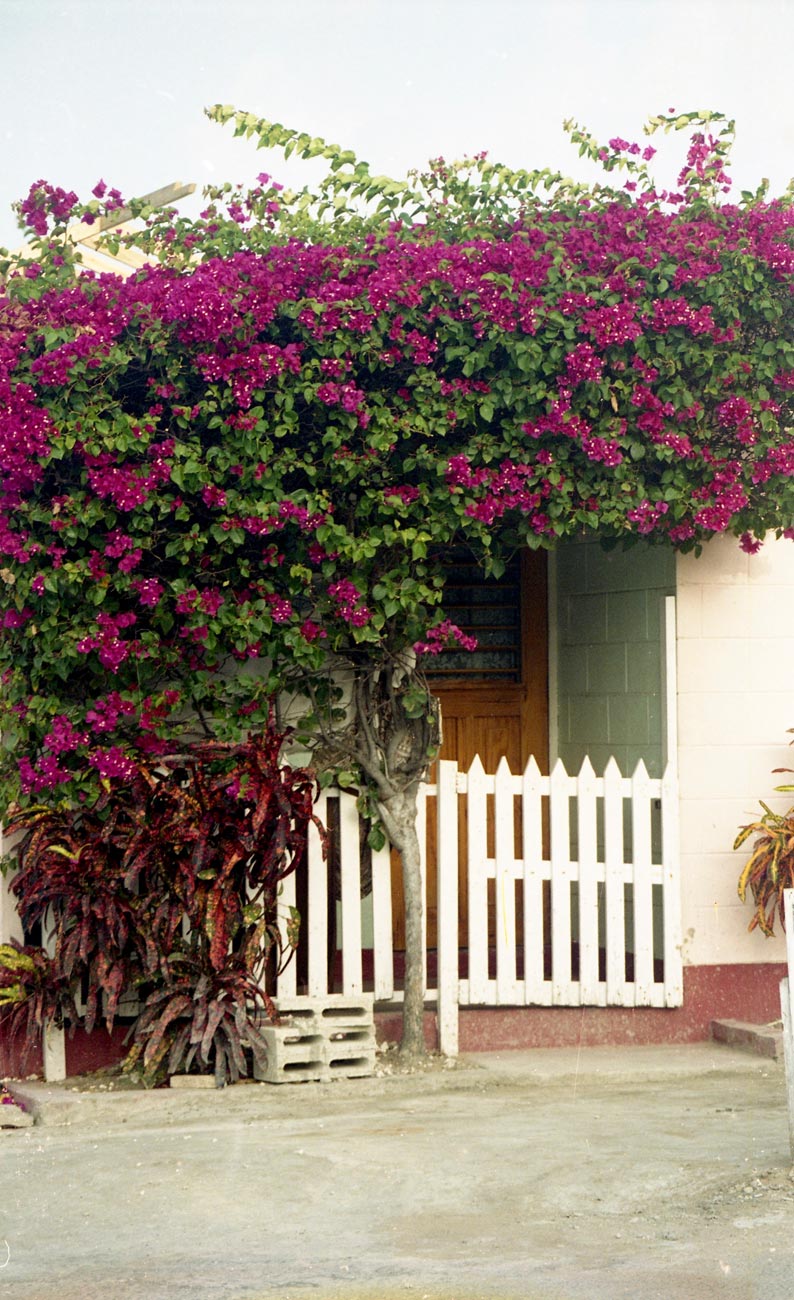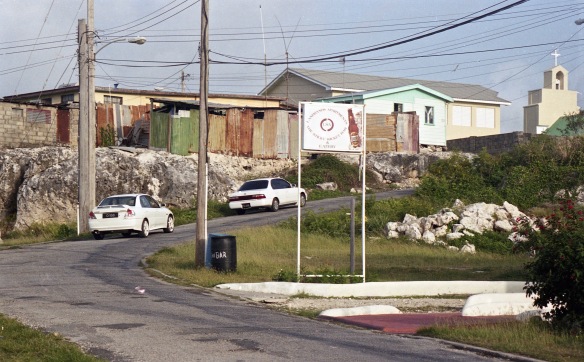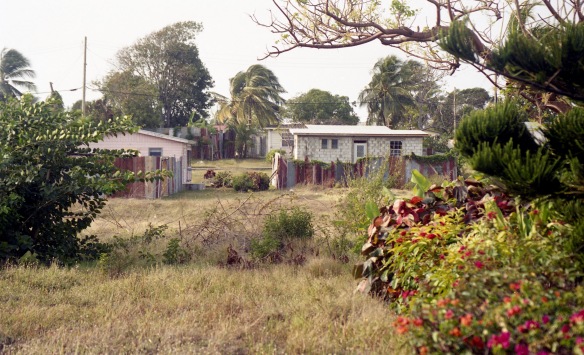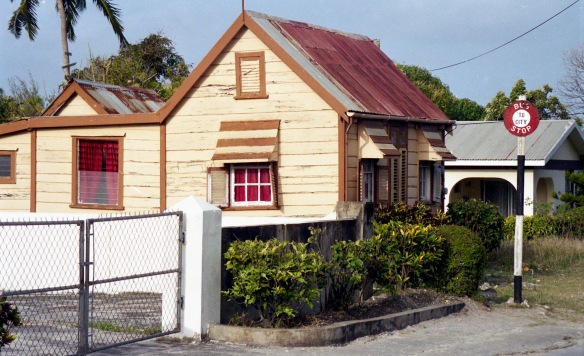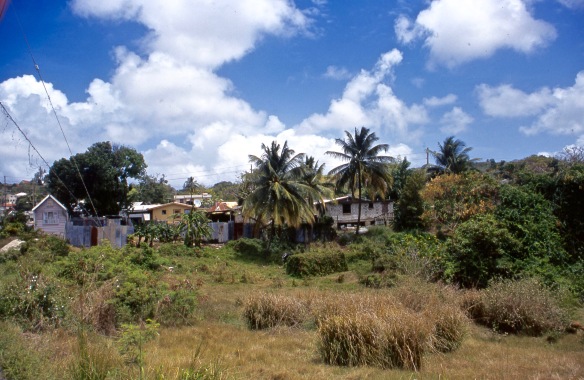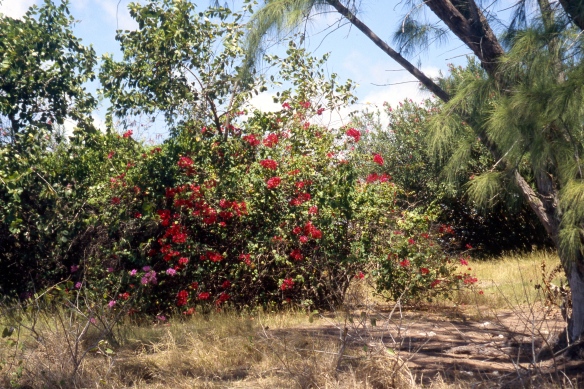One morning I walked the ten miles from our hotel to Bridgetown along what passed for a main road. Whenever I checked directions I was told I should be on a bus. Not that there appeared to be many bus stops. If you wanted a ride you leapt into the road and gesticulated. It may have been marginally safer to have been riding on one of these ramshackle vehicles which went careering along the winding roads than to have spent my time jumping into bushes to avoid them. I am not sure. If there was a speed limit no-one adhered to it. Actually I did ride back and the journey was remarkably comfortable. Unfortunately I had wasted valuable time standing in the wrong queue. A certain amount of local knowledge was required to station oneself correctly.


Along these roads people lived in chattel houses. These are portable homes, stout, and some very old. Although people didn’t seem to worry about outside maintenance, the insides looked spotless and the adults and schoolchildren who emerged from them were beautifully turned out; womens’ dresses and children’s uniforms vying with the display of the ubiquitous



bougainvillea, frangipani, and hibiscus.

This street scene shows the sign for a roadside bar; a well cared-for church, and typical chattel houses,
one with some kind of lean-to constructed of weathered corrugated iron, which was a common roofing material.
The gardens of some of these houses contained car wrecks.
Other occupants preferred shrubs,
such as this bougainvillea trained around a porch behind a little picket fence.
and along which rampant buses tore.

The children who emerged from these simply constructed homes were clad in crisp, clean, uniforms and certainly were not ‘creeping like snail, unwillingly to school’ (William Shakespeare).







